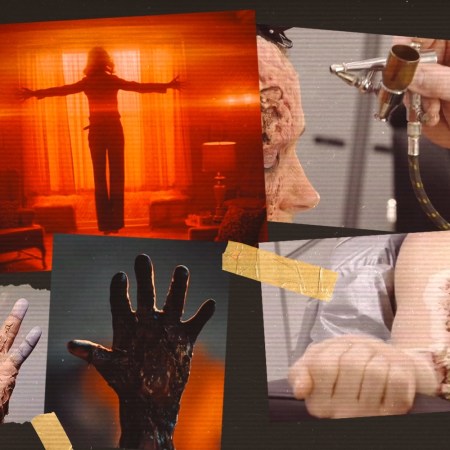A global team of scientists plan to search the icy depths of Scotland’s Loch Ness next month using environmental DNA (eDNA), in an experiment that will hopefully discover whether the lake’s fabled “monster” does, or did, exist. The use of eDNA sampling has been used for monitoring marine life, including whales and sharks, according to Reuters. Whenever a creature moves through its environment, it leaves behind fragments of DNA from skin, scales, feathers, fur, feces, and urine.
“This DNA can be captured, sequenced and then used to identify that creature by comparing the sequence obtained to large databases of known genetic sequences from hundreds of thousands of different organisms,” said team spokesman Professor Neil Gemmell of the University of Otago in New Zealand, to Reuters.
Rumors of the Loch Ness monster started as far back as the 6th century, C.E.. The first written record of Nessie relates to the Irish monk St. Columba, who is said to have banished a “water beast” to the depths of the River Ness. The most famous picture of the beast, known as the “surgeon’s photo,” was taken in 1934 and showed a head on a long neck emerging from the water. It was revealed as a hoax 60 years later, and was in fact just a sea monster model attached to a toy submarine. There have been countless unsuccessful efforts over the years to track the monster down, with the most recent attempt just two years ago.
“While the prospect of looking for evidence of the Loch Ness monster is the hook to this project, there is an extraordinary amount of new knowledge that we will gain from the work about organisms that inhabit Loch Ness,” Gemmell said on his university website.
Thanks for reading InsideHook. Sign up for our daily newsletter and be in the know.


















